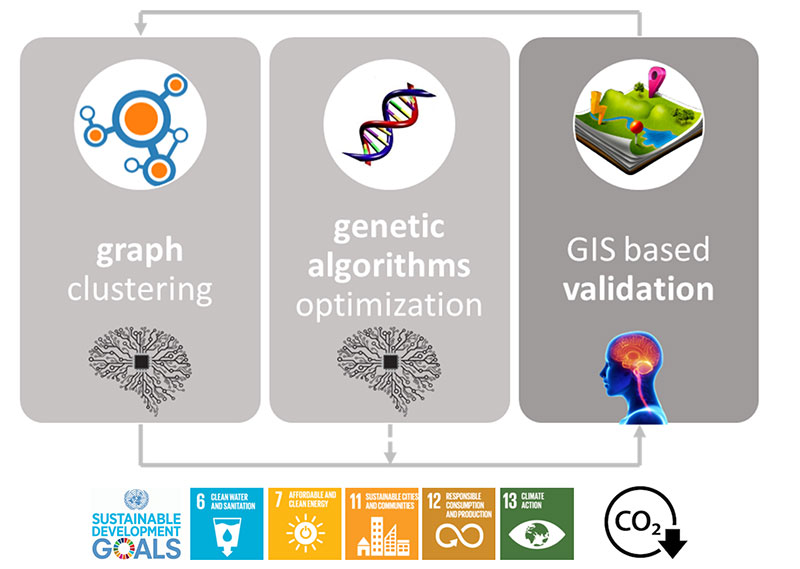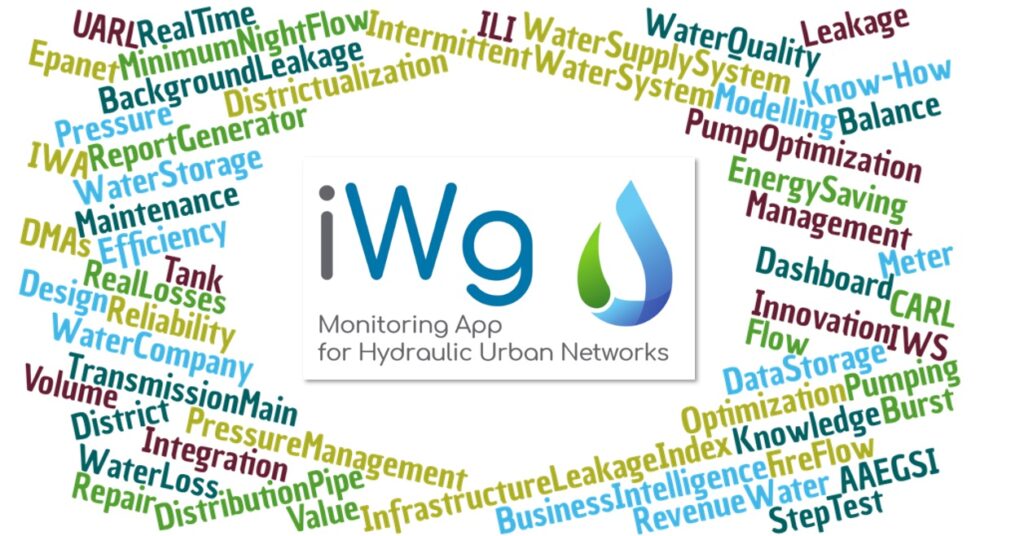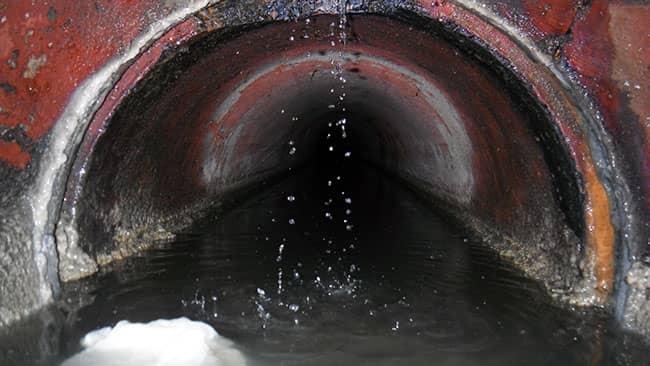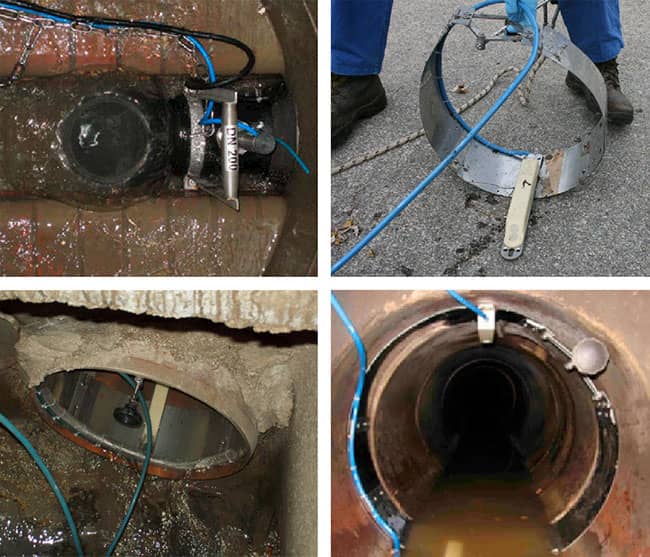DRIVING NETWORK PERFORMANCE WITH SMARTER WATER
In the sector of aqueduct and sewerage networks Idrostudi provides highly specialized services focused on the improvement of their operation and management.
Nowadays, new methodologies are having a deep impact in the engineering of water supply and distribution networks. The traditional approach based on numerical modelling and simulations can be strongly enhanced through the recent discoveries coming from complex networks theory and with the powerful knowledge that may be gained from several ARTIFICIAL INTELLIGENCE techniques, in particular MACHINE LEARNING, for processing a large amount of field data.
From the synergy of these three areas (numerical modelling, complex networks, big data analytics), a new paradigm emerges for the optimal planning and management of water systems. What drives real value for utilities and their communities are specific solutions to drive better capital planning and operational decision-making, save resources reducing risks, improving the environment.
AQUEDUCTS, ADDUCTION, DISTRIBUTION AND RETICULATION FOR WATER SUPPLY NETWORKS
Concerning the water supply systems the in-house developed tool supports efficiently the NRW management and the active leakage control. It allows continuously monitoring leak detection on the Water Distribution System segmented in DMAs (District Metered Areas) and warns the water utility operator as soon as new leaks or abnormal situations are detected. Its capabilities have been tested and it has been adopted by many water management utility companies. The system has the ability to add performance indicators (KPI) according to water utilities needs and/or new IWA indicators (International Water Association), NRW trend analysis, water balance tool, real loss component analysis.


STORMWATER, SANITARY AND COMBINED SEWERS
The tool has been set up for monitoring the sewerage networks with focus on the analysis and study of Inflow/Infiltration phenomena in the sanitary sewers (carrying household, industrial, and commercial wastewater) as well as the combined sewers. The system gathers automatically, and in real-time, the network data (velocity, level, temperature) for every single measured point. From that the system provides information on flow rates useful for the understanding of I/I sources in the sewerage networks.
With the described instrument, our R&D department has established a new approach to water management through Decision Support Systems (DSS) tools. Latter systems are built to meet also the United Nations Sustainable Development Goals, among them SDG06 “Clean Water and Sanitation”, SDG07 “Affordable and Clean Energy”, SDG11 “Sustainable cities and Communities”, SDG12 “Responsible Consumption and Production”, and SDG13 “Climate Action”.
The tools allow reducing systems losses, reducing Inflow/Infiltration flows therefore reducing wastewater treatment costs, proactively managing the water assets, supporting Water Safety Plans, managing the urban watershed, advancing water and sanitation equity, gaining control of data to drive better short-medium and long term decision making. The tools are an asset for supporting the implementation, transposition and harmonization into a national context of relevant EU legislation such as the Water Framework Directive (WFD 2000/60/EC), Urban Waste Water Directive (UWWD 91/271/EEC) and Drinking Water Directive (DWD 98/83/EC) as well as the implementation of the regulations established by the Italian Regulatory Authority for Energy, Networks and Environment (ARERA).
Both tools have been equipped with an advanced GIS system to geo-reference all the information concerning both the characteristics of the network and the installed equipment. Both the above tools are intended for PLANNING AND OPERATION (support for field operations, scheduling of activities, identification and assessment of losses, Inflow and Infiltration phenomena), PROCESS OPTIMIZATION (investment management, water resource management, water treatment management), ENHANCEMENT OF KNOWLEDGE (enhancement of information assets, improvement of the relationship with users, authority, public administrations and policy makers).


